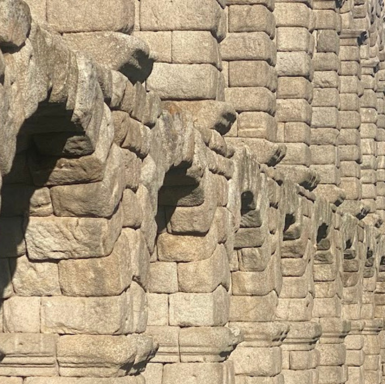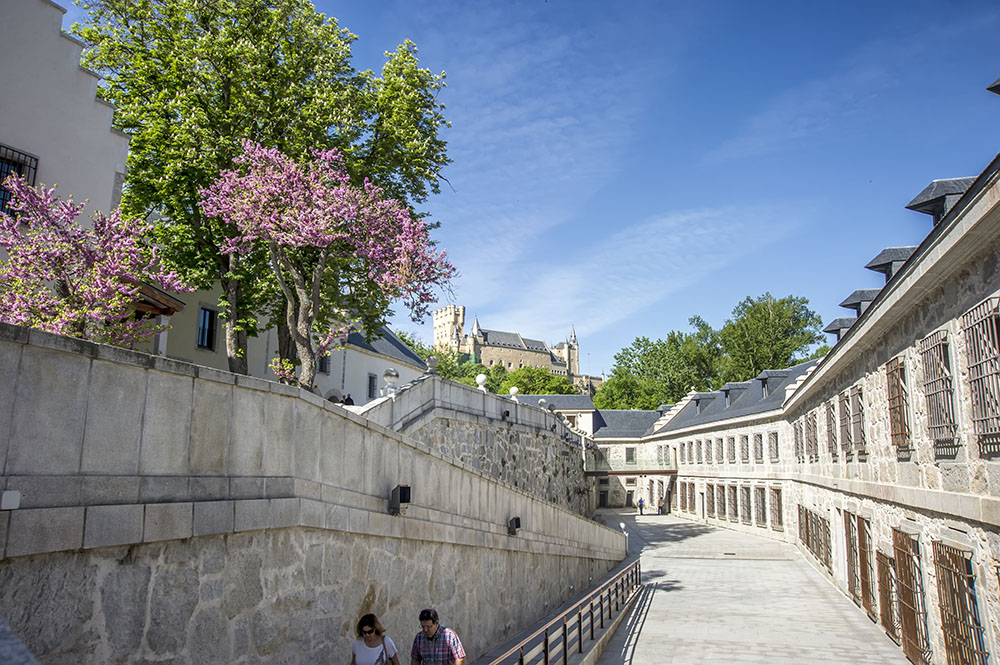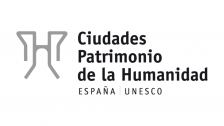
In December 1985, the beauty of its settlement, its surroundings, its buildings, groves and streets led Unesco to declare the ‘Old Town of Segovia and its Aqueduct’ as a World Heritage Site.
Yet, it is not just the physical element that makes Segovia such a wonderful place to visit, but it is the people that have come and lived here that give it such vibrancy today.
Segovia is a city that predates the Romans but in medieval times, it was from here that Alfonso X studied the sky. Quevedo was inspired by its places - and even its people - to write the Buscón don Pablos, and it was in this city that Isabella I (Isabella the Catholic) was proclaimed Queen of Castile, a momentous event for the whole of Spanish history. In 1472, El Sinodal was produced here, being the first ever printed book in Spain.
Segovia’s history has been shaped by the mystics Juan de la Cruz and Teresa de Jesús; and by brave warriors such as Día Sanz and Fernán García, who helped retake Madrid back from the Moors and in the early XVIth Juan Bravo, the Comunero was one of the leaders of the rebellion against Charles V. The philosopher, Antonio Machado lived here and gave classes at the high school; Gómez de la Serna wrote ‘The Secret of the Aqueduct’ and Louis Proust carried out his research in the Royal Chemistry Laboratory under the shade of the Alcázar.
In its past, Segovia had a populous Jewish (aljama) and Moorish quarter, with powerful personalities such as Abraham Senneor, chief judge of the Jewish quarters of Castile, and the Moor, Iça de Gebir, the theologian (alfaquí), who wrote the very important work Segovian Kitab or Sunni Breviar. Alongside this, the Prior of the nearby convent of Santa Cruz, Tomás de Torquemada, was pondering his ideas; ideas that would eventually lead to the Spanish Inquisition.
Segovia’s wealth in medieval times came largely through its international wool trade and its powerful textile industry. This wealth for centuries provided the segovians with a prosperity that is reflected in the city's architecture and, above all, in the extensive archives which detail Segovia’s past.
Today, Segovia’s economy is based on the cultural and culinary attractions it offers its visitors. The city has many interesting museums and exhibition halls, as well as famous inns and restaurants where you can sample the specialities of Segovian cuisine.
Several times a year, the streets and squares of the city become the stage for artistic activities: at Easter, it is inside the churches that music lovers are offered an opportunity to enjoy the concerts of the Sacred Music Week.
Titirimundi fills every space with puppets and marionettes eager to tell impossible stories full of magic and imagination.
Folksegovia has become the most prestigious exhibition of world music held in Spain. It is a very special sensation to listen to African rhythms contrasting with nostalgic, misty Scottish music in such a short space of time, next to the old Romanesque stones of San Juan de los Caballeros.
The patios of palaces, cloisters of convents and remarkable façades also provide the setting for the numerous days of the International Music Festival (MUSEG), where you can enjoy the Chamber Music Week.
The existence of two university campuses also means that the number of educational and cultural activities on offer in Segovia is ever expanding in the shadow of the wonderful monuments that have made Segovia a World Heritage Site.





